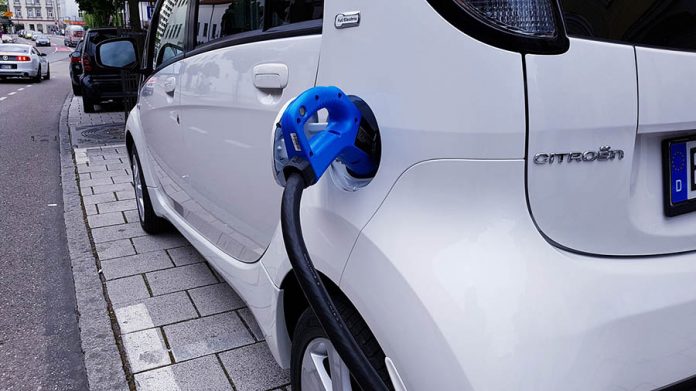Electric vehicles: Some say they’re the future. The tech world meets the automotive industry – and wins. But before you sign a lease or finance agreement for a Chevy Bolt, a Rivian R1T, or any model from Tesla, make sure you know what you’re getting yourself into, Buying a car, much like a house, is one of the more important and expensive purchases you’ll make in your lifetime.
Mechanical Maintenance
When people think of maintaining their cars, they immediately think of the more common tasks like routine oil changes. Granted, maintaining your vehicle based on the manufacturer’s guidelines is the wise thing to do. However, there are other details that need to be attended to in order to keep you safe when you’re on the road.
Regularly checking to make sure all of your exterior lights are performing as they should is an important safety detail for you and other people you share the road with. When you think about it, unless you made a pointed effort to check, how would you know if you had a brake or tail light out?
Battery Charging
The single most important component to maintain on your electric vehicle (EV) is the battery. These cars typically require very little maintenance, which gives you more time to dedicate to making sure you’re taking care of the battery you rely on for your vehicle to work. Make sure you have the best car home charging set-up for your electric or plug-in hybrid vehicle.
Having an effective charging station is a great place to start when it comes to taking care of your battery, but unfortunately, it doesn’t stop there. To preserve the life of your car battery, keep it charged between 20%-80%. Your average daily commute should be within the range your vehicle will operate without it being fully charged. In fact, for the best battery life, avoid either letting the battery run out of charge or charge fully.
Granted, there are exceptions to how charged your EV should be. If you’re planning on taking a road trip or driving in an area where there aren’t as many charging stations, you’d want to make sure your vehicle is fully charged. Most people don’t drive extended distances on a daily or weekly basis, so keeping your battery fully charged will do more harm than good in the long run.
Extreme Temperature Handling
Another thing that will keep your EV from running as expected is extreme temperatures. According to PC Magazine, extreme temperatures are either 20 degrees below 0 or higher than 95 degrees Fahrenheit. Granted, manufacturers take into account the need to either heat up or cool down internal components for the smooth operation of your EV. What you have to keep in mind is how these temperatures will affect your driving range.
You may be aware that charging electronic devices, like a cell phone, with your EV will lower your driving range. The same applies to making the cabin temperature more comfortable. When you use the heat or air conditioning, you’re putting more demand on your battery. That extra usage can decrease your driving range. These are the details you want to keep in mind when your destination is longer than the norm.
Tires: The Shoes of Any Vehicle
Staying on top of tire rotation is more of a concern for those who own EVs compared to gasoline-powered engines. The reason for this is simple; gas-powered vehicles require regular oil changes. Along with those oil changes, garages will remind you or offer to rotate your tires. With EVs, there is minimal maintenance, so there is less chance of being told your tires need to be rotated.
As with any vehicle, maintenance is crucial to make sure it continues to perform as it should.






























